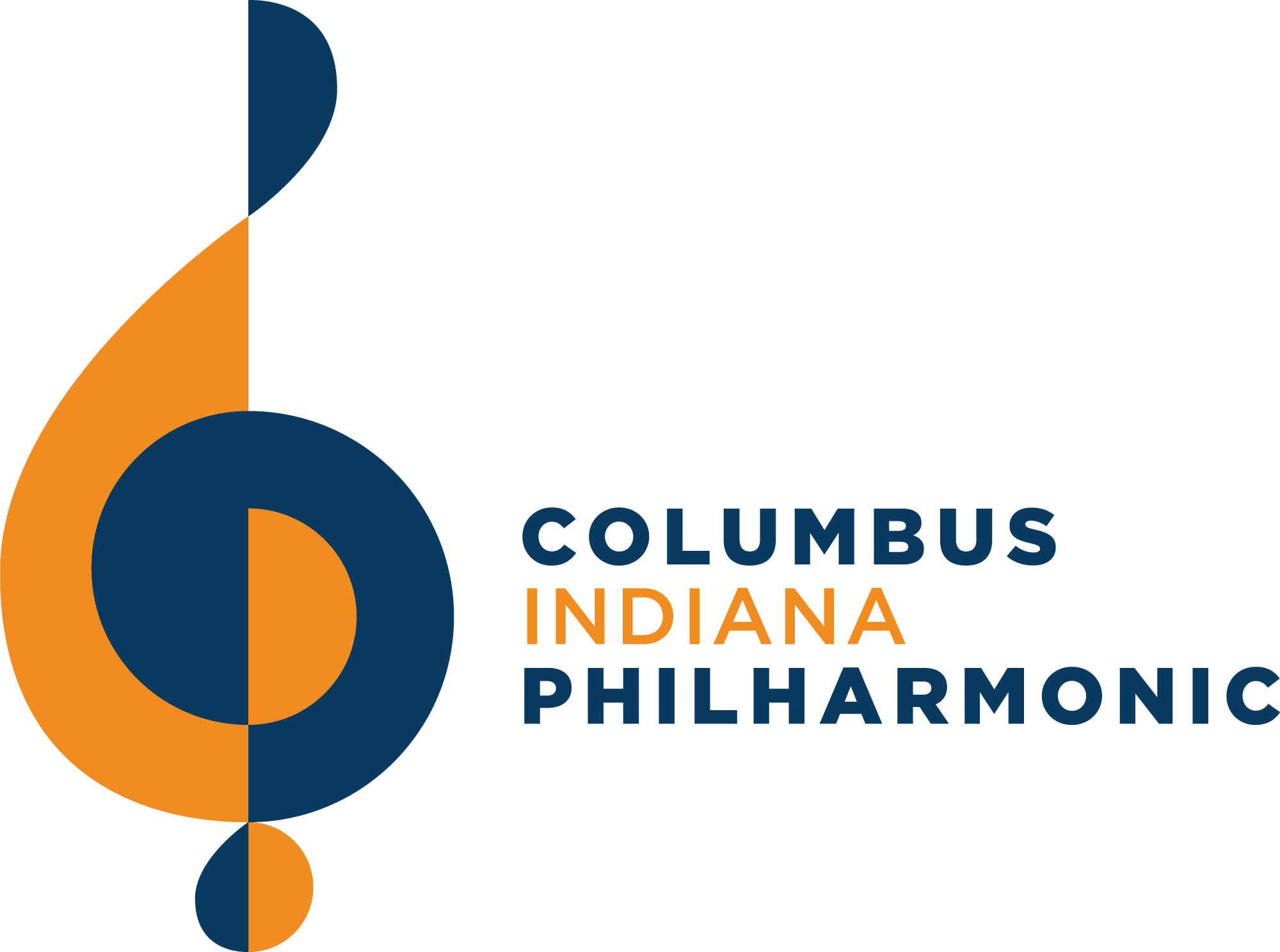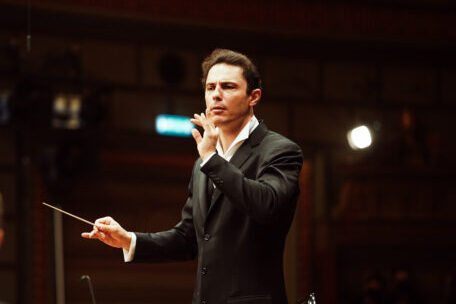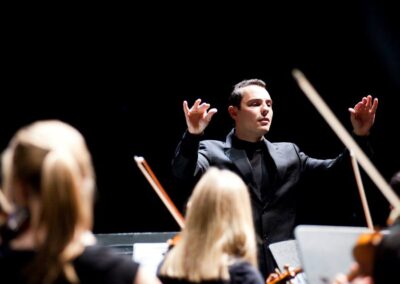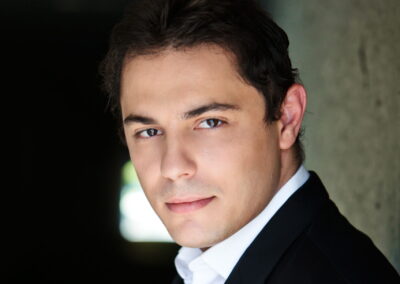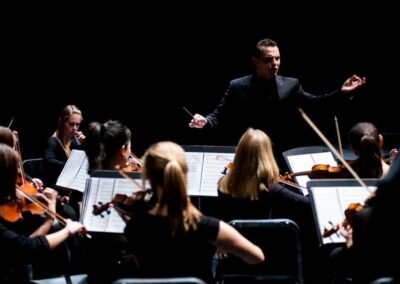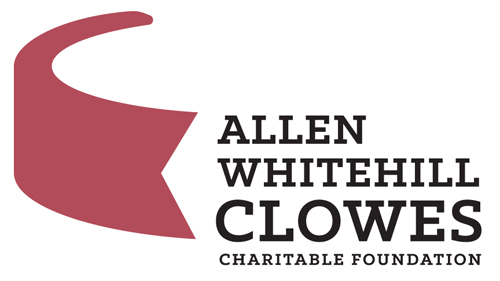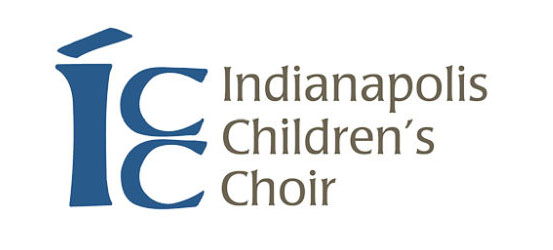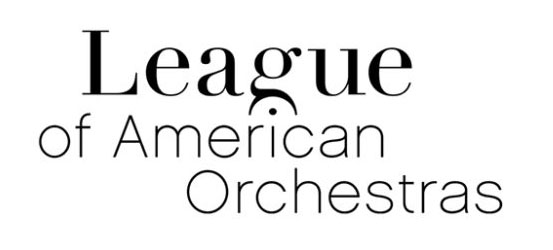ABOUT THE CONCERT
Come meet Conductor Finalist #4 in a captivating concert featuring Maestro Vlad Vizireanu!
When longtime conductor and artistic director David Bowden announced that he would retire after our 2021-2022 season, more than 100 bandleaders applied to fill his podium. Now, the CIP has narrowed its search for a new artistic director to 6 finalists.
Each finalist will spend a week in our community, meeting our patrons (you!), working with our musicians, and showcasing their talent during one of the season’s concerts. Each performance will feature music selected by the candidate, giving us the opportunity to experience a diverse variety of music this year.
Clash of the Titans
Saturday • February 4, 2023
Doors Open 6:45 PM
Concert Starts 7:30 PM
Columbus North Erne Auditorium
1400 25th Street
Columbus, IN 47201
MAESTRO BIOGRAPHY
Described as a conductor with “ample gestures, clarity, precision and genuine passion,” Vlad Vizireanu continues to make an impressive and dynamic mark on the music world as an international conductor and educator. A regular presence in the competition circuit, Vizireanu came to international attention when he won Second Prize in the 2013 Cadaqués Conducting Competition in a televised concert at Auditori Hall, Barcelona. He then made his debut with the London Symphony Orchestra at Barbican Hall as Finalist in the 2016 Donatella Flick Competition. He was invited to the 2018 Malko Competition with the Danish National Symphony Orchestra and was also invited among 14 conductors (out of 400 applicants worldwide) to participate in the renowned Mahler Conducting Competition with the Bamberg Symphony.
As the recent winner of both the Only Stage & Hans von Bülow Conducting Competitions in 2021, upcoming debuts include the Orchestra di Milano La Verdi, Orpheus Academy Orchestra (Oregon Music Festival), Orchestra della Magna Grecia, Varna State Opera, Budapest Symphony Orchestra MÁV, Brașov Philharmonic, & Orchestra Filarmonica Campana. Other orchestras he has conducted include the Tonhalle-Orchester, Lucerne Festival Strings, New World Symphony, and Manhattan School of Music Symphony. He has also served as cover conductor for the Los Angeles Philharmonic, Naples Philharmonic, and Sarasota Orchestra. Recent and upcoming engagements include the Orchestre National de Lille, Romanian Radio Chamber Orchestra, Moldova Iași Philharmonic, Sibiu Philharmonic, Ploiesti Philharmonic, and Targu Mureș Philharmonic. He has been invited to conduct at the Gstaad Festival, Castleton Festival, and Chautauqua Music Festival.
His primary conducting teachers were David Effron, Arthur Fagen, Timothy Russell, & William Reber. He holds degrees in conducting from Indiana University Jacobs School of Music (Master of Music) and Arizona State University (Doctor of Musical Arts) and studied musicology and piano performance at the University of California Los Angeles (Bachelor of Science). Additionally, he studied with David Zinman at the 2016 Tonhalle Orchestra Masterclass, with the late Kurt Masur at the 2015 Manhattan School of Music Conducting Seminar and was selected for two consecutive years as one of seven conductors from around the world to study with Bernard Haitink at the 2013 and 2014 Lucerne Easter Festivals. Vizireanu was one of the last students of the late Lorin Maazel under full fellowship at the 2014 Castleton Festival. He also received the prestigious 2013 Chautauqua Conducting Fellowship in New York where he assisted Timothy Muffitt. Among his other mentors were Michael Tilson Thomas (2014, New World Symphony Masterclass), Neeme Järvi (2016, Gstaad Music Festival), Franz Welster-Möst (2010, IU Cleveland Orchestra Residency Masterclass), and the late James DePriest (2011, ASU Conducting Masterclass).
In Fall 2013 he was invited to debut at the renowned Enescu Festival in Bucharest where he conducted a side-by-side concert with members of the Pittsburgh Symphony and the Royal Camerata. He conducted the Royal Camerata again in the 2015 edition of the Enescu Festival with soloist, Rebekka Hartmann. He has since been reinvited to the 2019 and 2021 editions with the Orchestre National de Lille and Wiener Kammerorchester. He is a regular guest conductor in Europe and the United States.
An ardent advocate of new music, Vizireanu is the Founder & Executive Director of Impulse New Music Festival (INMF), which brings together young composers and instrumentalists to study and perform new compositions. Besides INMF’s numerous world premieres, Vizireanu has showcased new compositions with the Castleton Festival Orchestra, Cadaqués Symphony, and Hebrides New Music Ensemble. Some new works he has recently recorded include Light Show by Max Grafe, Scherzo for Orchestra by Joshua Groffman, and Evelyne Davis’ Concerto for Two Percussionists. He recently commissioned several new compositions by renowned Los Angeles composer, Michael Glenn Williams, and conducted the world premieres with the Arizona Pro Arte Ensemble and Sibiu Philharmonic.
Vizireanu made his operatic debut in 2013 with Arizona State University Opera and Die Fledermaus. He served as assistant conductor to Lorin Maazel and Timothy Muffitt with productions of Les Dialogues des Carmelites, Madama Butterfly, and Don Giovanni.
Vizireanu was recently appointed Principal Guest Conductor of the Ploiești Philharmonic. He served as Music Director of the Knox Galesburg Symphony in Illinois and the North Shore Symphony in New York. He previously served as Assistant Conductor for the Thousand Oaks Philharmonic and Conductor for New West Symphony’s Harmony Project, which is aimed at inspiring young children to develop a lifelong love of music through education and exciting musical experiences. He also served as Artistic Director of Enescu & The Americas, an organization that fosters cultural exchange between Romania and the United States through the music of Romania’s greatest composer, George Enescu.
When not on the podium, Vlad is an avid tennis watcher and devoted fan of Roger Federer. He and his wife, Mariya, live in Los Angeles with their daughter Ava and cat Amadeus.
THE REPERTOIRE
Siamak Aghaei and Colin Jacobsen – Ascending Bird for Strings
Gustav Mahler – Symphony No. 1
PROGRAM NOTES
Ascending Bird for String Orchestra • Siamak Aghaei & Colin Jacobsen
Composed in 2007
Est. Duration: 10 minutes
Based upon a traditional Persian folk song, this evocative piece emerged from the intersection of two pioneering ensembles: The Knights, founded by brothers Colin and Eric Jacobsen in New York in the late 1990s, and the Silk Road Ensemble, conceived by the acclaimed cellist Yo-Yo Ma in 1998. Both groups emphasize cultural collaboration and the artistic traditions which inspire and unite musicians and audiences around the world. During a trip to Iran in 2004, Colin Jacobsen learned of Ascending Bird through his Silk Road colleague, Siamak Aghaei, who had learned it during his childhood there. The story closely resembles the Phoenix myth. A bird attempts to fly to the sun. Twice it fails. The third time, it sheds its physical body in the solar glow, as a metaphor for achieving spiritual transcendence. Jacobsen originally wrote this work for string quartet, then adapted it for string orchestra (this version is lovingly dubbed Big Bird).
Colin Jacobsen writes:
“Siamak is a bit of a modern-day Bartók in that he travels around Iran making field recordings of folk musicians from the many and varied traditions represented by the different regions of Iran. He dusted off one such recording and the sound that emerged from the speakers gave me a form of vertigo. My ears were held to attention by the sound of an incredibly potent and piercing instrument, which Siamak told me was made of the fused bones of a bird and measured little more than two inches in length. The music also encoded a popular mythical story of a bird attempting to fly to the sun. Failing on the first two attempts, on the third try the bird loses its physical body in the radiant embrace of the sun, a metaphor for spiritual transcendence. What emerged from this experience was Ascending Bird — comprised of Siamak’s reinterpretation of the traditional tune to which I added further textural layers and combined with an original introduction and coda.”
Symphony No. 1 in D Major, Titan • Gustav Mahler
Composed in 1884-88, rev. 1893-96
Est. Duration: 56 minutes
Like many composers, Gustav Mahler was both drawn to and wary of the notion of program music, or music with non-musical inspirations. Mahler wrestled with this idea in writing his First Symphony, fearing that it would not be as well received if it were not “absolute” music. At the same time, the attraction of an underlying narrative as a unifying structure held great appeal for him.
The argument for the First Symphony as program music is strengthened by the fact that much of its musical material was borrowed from other sources. In the first two movements, Mahler used melodies from two of his Songs of a Wayfarer as the basis for elaborate thematic development. In the third movement, he set the folk song “Brother Martin” – better known as “Frère Jacques” – in a somber minor key. In the final movement, Mahler wanders further afield, repurposing material from Liszt’s Dante Symphony and Wagner’s Parsifal. “Composing is like playing with building blocks, where new buildings are created again and again, using the same blocks,” wrote Mahler to a friend. Finally, despite Mahler’s ambivalence about associating his music with a specific program, he did provide one to music critic Ludwig Karpath (something he later regretted). The symphony’s overall narrative describes, in Mahler’s words, “a strong, heroic man, his life and sufferings, his battles and defeat at the hands of Fate.”
During the 1880s, as Mahler worked on the First Symphony, he made his living as an opera conductor in various regional theaters. Mahler’s demanding performance schedule left him neither time nor energy to compose his own music during the concert season. During his summer vacations, free from theatrical engagements, Mahler devoted himself to composition. His use of previously composed music may have also been a practical choice dictated by his limited composing time.
At the premiere, in Budapest on November 20, 1889, audiences were disturbed by the third movement, with its ghostly reworking of a children’s folksong in the tempo of a funeral march. Mahler indicated this music was full of “biting irony,” in which “all the coarseness, the mirth, and the banality of the world are heard in the sound of a Bohemian village band, together with the hero’s terrible cries of pain.” The loutish parody of the band, complete with oom-pahs, mingles with music taken from another of Mahler’s Wayfarer songs, “Die zwei blauen Augen” (Your Two Blue Eyes), which resembles a melody from Jewish liturgy.
In the finale, according to Mahler’s narrative, “The hero is exposed to the most fearful combats and to all the sorrows of the world. He and his triumphant motifs are hit on the head again and again by Destiny. Only when he has triumphed over death, and when all the glorious memories of youth have returned with themes from the first movement, does he get the upper hand, and there is a great victorious chorale!” Destiny intervenes with pounding brasses and timpani, full of Sturm und Drang (storm and stress), but a triumphant brass choir hints at the hero’s ultimate victory, even as he continues to struggle with the forces bent on his destruction. Finally, the chorale bursts forth (some listeners have discerned traces of the “Hallelujah” chorus from Handel’s Messiah in it) and concludes the symphony, with the horns standing to play their final triumphant notes.
“It’s the most spontaneous and daringly composed of my works,” said Mahler of his First Symphony. “Naively, I imagined that it would have immediate appeal. How great was my surprise and disappointment when it turned out quite differently. In Budapest, where I first performed it, my friends avoided me afterwards. I went about like a leper and an outlaw.” Both critics and audiences reacted negatively at the premiere, with one critic deriding it as a parody of a symphony. The influential Viennese critic, Eduard Hanslick, was equally harsh: “The new symphony is the kind of music which for me is not music.” Subsequent performances, even after Mahler made substantial revisions, provoked equally strong reactions. More than ten years after the premiere, another critic described the audience’s reaction: “There were startled faces all around and some hissing was heard.” Today, due in no small part to Leonard Bernstein’s championing of Mahler’s symphonies, the Titan is one of Mahler’s most popular and most frequently performed works.
– Maestro Vlad Vizireanu
